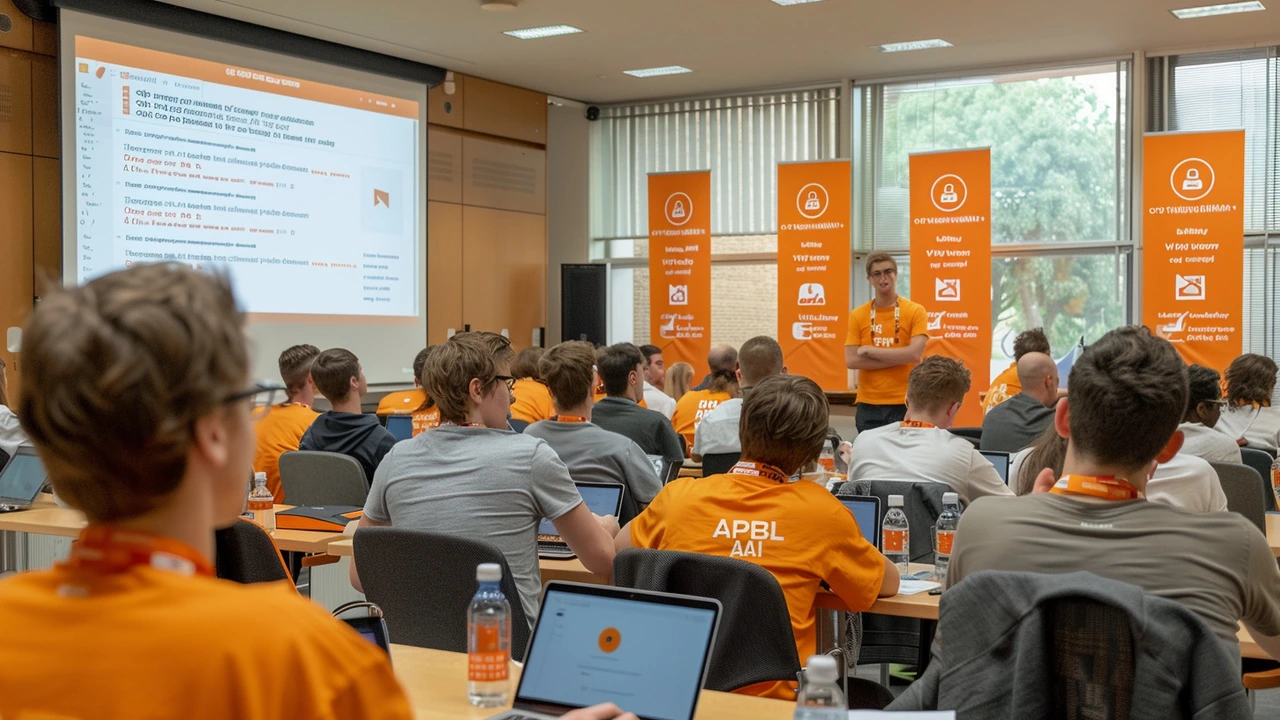Why Python Reigns Supreme in AI Development
When it comes to choosing a programming language for Artificial Intelligence (AI), Python is often the first choice among developers. Its simplicity and readability, combined with a rich ecosystem of libraries such as TensorFlow, PyTorch, and Scikit-learn, make Python especially suited for the varied and complex demands of AI development. Additionally, Python is supported by a massive community of developers who continuously contribute to expanding its capabilities in AI and machine learning fields.
Python’s simplicity allows for greater focus on solving AI problems rather than getting bogged down by complex syntax. This feature significantly reduces the learning curve for newcomers in the field, making it accessible to a broader audience. Moreover, its versatility in handling various data types and structures facilitates rapid testing and implementation of AI algorithms. Python's integration capabilities allow it to link with other languages and platforms, which is crucial when deploying AI applications across different systems.
Essential Python Libraries for AI
The strength of Python in AI significantly lies in its vast array of libraries designed specifically for AI and machine learning. TensorFlow, developed by Google, and PyTorch, backed by Facebook, are giants in neural networks and deep learning. These libraries provide pre-built functions and classes that greatly expedite the development process. Scikit-learn offers simple and efficient tools for data mining and data analysis, which are integral in any AI project. Each library is constantly updated, ensuring they remain on the frontier of AI technology advancements.
Exploring these libraries unveils the extent of Python’s applicability. TensorFlow excels in numerical computations, which is fundamental in training large neural networks. PyTorch offers dynamic computational graphs that allow for mutable programming, enhancing the coding efficiency and simplicity in model experimentation. Scikit-learn, while not aimed directly at deep learning, is perfect for those starting their path in machine learning with Python because of its simplicity and ease of use.
Case Studies: Real-world Applications of Python in AI
Leveraging Python for AI isn’t just theoretical. Various global companies and innovative startups harness its power to drive their technologies. For example, Netflix uses Python to analyze viewer preferences and suggest content. Similarly, in robotics, Python scripts manage complex algorithms that allow robots to process sensory data, make decisions, and learn from their environment.
The versatility of Python also extends to the field of healthcare where AI models built with Python predict patient diagnoses and treatment outcomes. This not only revolutionizes patient care but also enhances the efficiency of healthcare workflows. The financial sector benefits as well; banks and investment firms use Python to develop algorithms that predict stock market trends and automate trading activities.
Future Trends: Python and the Evolution of AI
The continuous evolution of AI promises an even more integrated role for Python. As AI technologies like machine learning, neural networks, and cognitive computing advance, Python is expected to remain at the forefront of this technological revolution. New libraries and tools are constantly being developed, which will likely introduce more robust features and capabilities in Python for AI applications.
Moreover, as the world leans more towards data-driven decision making, the demand for AI and Python skills will only increase, making proficiency in Python a valuable asset for any programmer or data scientist. The evolution of AI with Python is not just about the technology; it's also shaping a new generation of developers who are at the cutting edge of solving real-world problems through intelligent automation and analytical insights.

